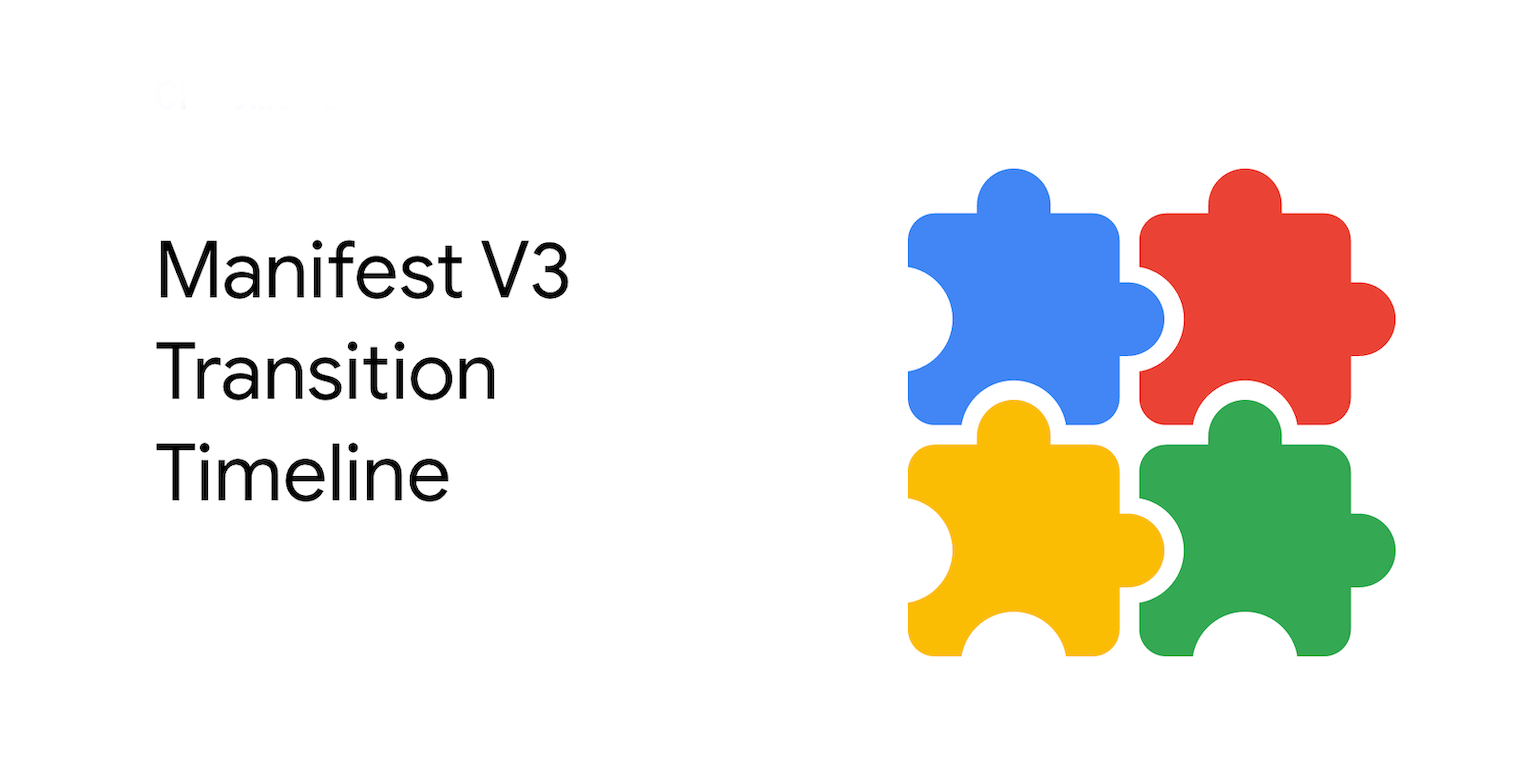- 5 Posts
- 13 Comments

 33·6 months ago
33·6 months agoTimothée Besset, a software engineer who works on the Steam client for Valve, took to Mastodon this week to reveal: “Valve is seeing an increasing number of bug reports for issues caused by Canonical’s repackaging of the Steam client through snap”.
“We are not involved with the snap repackaging. It has a lot of issues”, Besset adds, noting that “the best way to install Steam on Debian and derivative operating systems is to […] use the official .deb”.
Those who don’t want to use the official Deb package are instead asked to ‘consider the Flatpak version’
Ha. Flatpak got the honorable mention.

 4·6 months ago
4·6 months agoI like to zero out my bank accounts each year so I tip my landlord whatever the total combined balance is. /s

 121·8 months ago
121·8 months agoc/cats

 11·8 months ago
11·8 months agoI’m personally not a fan of their approach to Snaps and hard pushing their snap store.
Apt works just fine and if we want sandboxed apps, we could choose to install flatpaks.
But the snapstore comes preinstalled and I’m not a fan of that.

 8·8 months ago
8·8 months agoPihole blocks the basics for Roku. Things like logs ads etc. but there’s a lot more telemetry that they’re collecting. Here’s a hackernews thread about the topic and the associated article it references.

 2·8 months ago
2·8 months agoI did end up setting up my new Protectli appliance today. As i said below, I ended up with OPNsense and I have been able to replicate 97% of pfBlockerNG’s functionality on OPNsense. I’ve been able to load all of my previous DNS blocklists (including my own personal blocklists on Github), set up cron jobs (in the GUI) to update these lists every week and and whitelisted some sites too. The only thing that sucks is that regex isn’t supported. Instead they do wildcard domains (
*.ampproject.org). Not nearly as good as regex but it’s better than nothing.I also used pfBlockerNG for hardcoded ip address blocks (like Roku hard-coding 8.8.8.8). For that, I used the alias function in the firewall and just set up floating rules for that. Definitely not as convenient as a list, but they don’t change very much. Also, for IP addresses for security, OPNsense has a whole IDS section that pfBlockerNG used to handle.
pfBlockerNG made everything clean and easy but I’ve been able to get 97% of the functionality in pfBlockerNG in OPNsense. The 3% deficit is lack of regex support.
Edit: I saw the article you were referring to. That’s how I set up IP blocking. But Unbound in OPNSense supports blocklists (it’s even called DNSBL) and that is much easier/quicker to set up than using aliases IMO. Just make sure you toggle on
Advanced Mode. That’s how you quickly load the custom blocklist urls. Just remember to seperate the urls with a comma. I forgot the first time and nothing worked.

 5·8 months ago
5·8 months agoI bought a netgate box a couple of years back and it was total garbage. My new 2.5gb Protectli came in yesterday. Looks like I’ll be putting OPNsense on it.

 9·1 year ago
9·1 year agoAsk them for their kids’ social security number, DOB, etc. I’ve done that a couple of times and it always gets a reaction.
People are less concerned about themselves, but generally very protective of their children… and rightfully so.

 1·1 year ago
1·1 year agoDisclaimer, This is only for Lemmy.world.
I actually read the privacy policy. There are basically 3 segments of data:
- The one time when you signed up.
- All times you log in, after you’ve signed up.
- User generated data
For part one: They store your username and the IP address used when you create the account. They store a hashed version of your password, not the actual password. They’ll store that info for as long as you have an account with lemmy.world (although they reserve the right to keep it for up to 12 months after you’ve deleted your account). They store the hashed password so you can log into your account.
For part two: They keep a log of the times you sign in, the device you signed in from (iOS, Android, web) and the IP address you do it from. They delete this data on a rolling basis, every 90 days from the date the login data was created (from the time you logged in).
For part three: These are your posts, comments, upvotes, downvotes, etc. This is stored this until you delete your comment/post or undo your upvote/downvote. When you delete your account, if you haven’t deleted your data, the connection (the association) between your account and the data itself is severed. This means that the comment will remain but the
usernamevalue will benull.tl;dr: I’m no expert but I think they keep a very small amount data. They probably do this to keep their costs as low as possible (but that is just my speculation).
If you’re really worried about data mining and data logging, you can always go back to reddit /s

 0·1 year ago
0·1 year agoLet Mozilla know by filing a report on Webcompat.




Check out PodGrab